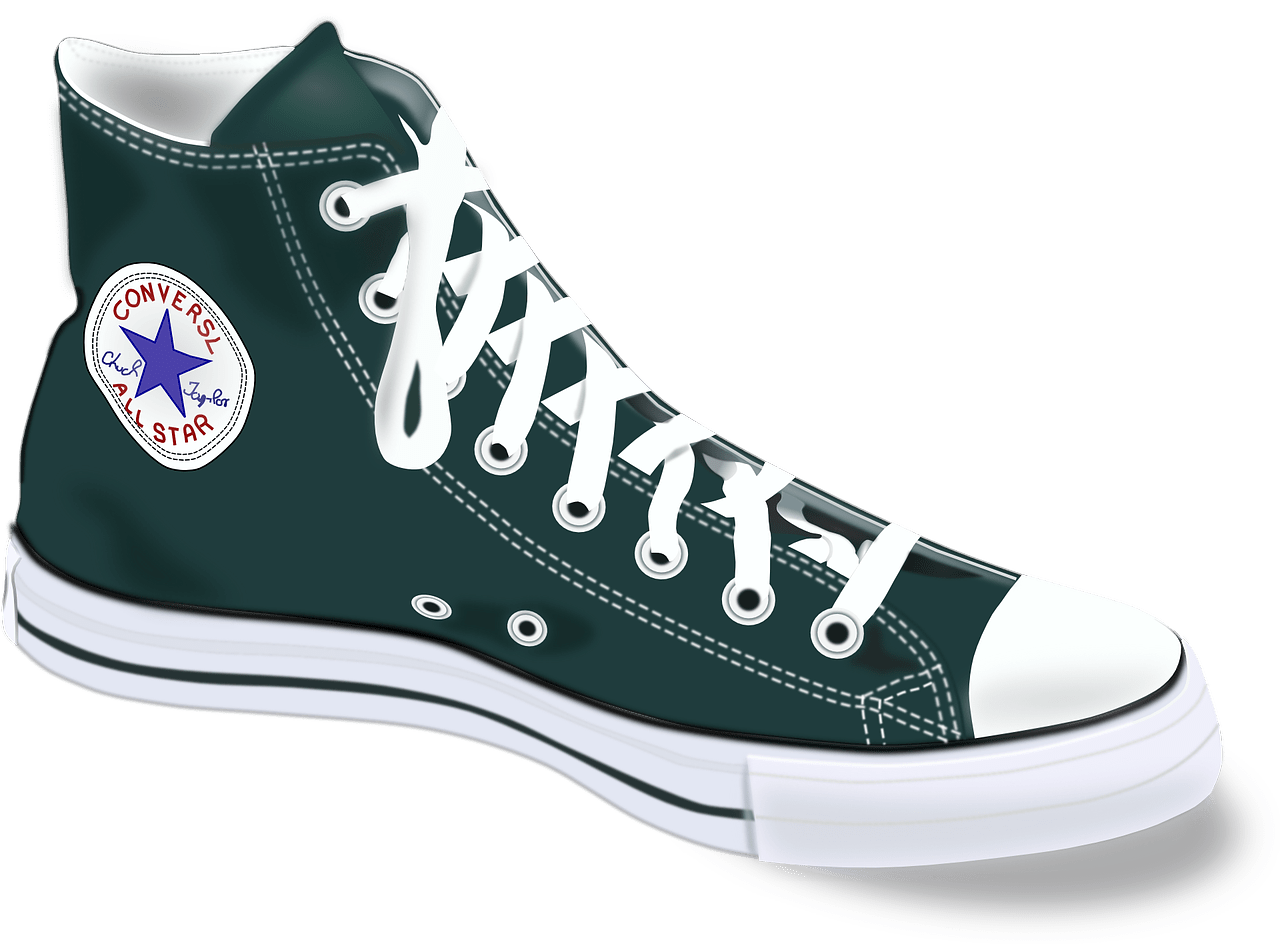Puma is a multinational sportswear company that was founded in 1948 in Herzogenaurach, Germany. The company’s founders, Rudolf and Adolf Dassler, were both former employees of the German sportswear company, Adidas. Puma initially started as a producer of athletic shoes, but has since expanded to offer a wide range of sportswear products, including footwear, apparel, and accessories.
Puma is known for its innovative designs, technology, and commitment to sustainability and social responsibility.
Over the years, the company has sponsored some of the world’s biggest sports events and teams, helping to establish the brand as a leader in the sportswear industry. Today, Puma has a global presence, with stores and offices located in more than 120 countries around the world.
Early Years
The early years of Puma were characterized by the company’s rapid growth and expansion. The company was founded in 1948 by Rudolf and Adolf Dassler, two brothers who had previously worked together at the German sportswear company, Adidas. Puma initially focused on producing athletic shoes, and quickly established a reputation for innovation and quality.
In the 1950s and 1960s, Puma expanded into new markets, including the United States and South America, and the company’s product line grew to include a variety of sportswear items. Puma began to expand its product line to include sports clothing and accessories.
The company was one of the first to introduce new materials and technologies into its products, such as the Puma Atom, which was one of the first sneakers to feature a lightweight, low-cut design.
Despite its success, Puma faced challenges in the early years, particularly in the wake of World War II. The company had to navigate a difficult global economy and changing consumer preferences, but it was able to overcome these challenges and continue its growth. Today, Puma is widely recognized as one of the leading sportswear brands in the world, and it continues to innovate and evolve to meet the changing needs of its customers.
Mid-Century Growth and Success
During the mid-century, Puma experienced significant growth and success as the company continued to expand its product line and increase its brand recognition.
The company sponsored some of the world’s biggest athletic competitions, such as the Olympic Games and the World Cup, and it also partnered with top athletes, including soccer stars Pele and Eusébio. These partnerships helped to increase brand recognition and raise Puma’s profile, making it one of the most recognizable sportswear brands in the world.
These sponsorship deals helped to raise Puma’s profile and increase its popularity among sports fans and athletes.
At the same time, Puma continued to innovate and introduce new products, such as its famous King football boots, which were worn by some of the world’s top players. The company also focused on establishing a strong presence in international markets, opening new stores and offices around the world.
In the mid-century, Puma’s success was reflected in its financial performance. The company’s revenue and profit grew steadily, and it became one of the most successful and profitable sportswear brands in the world. Today, Puma is still widely recognized as a leader in the industry, and its mid-century growth and success remain a key part of its legacy and impact.
Challenges and Adaptations
Like many companies in the sportswear industry, Puma faced a number of challenges and changes over the years. In the 1980s and 1990s, the company faced increased competition from other sportswear brands and changing consumer preferences. In response, Puma began to rebrand and reposition itself to better meet the needs of its customers.
One of the biggest challenges for Puma during this time was the rise of athletic footwear companies, such as Nike and Adidas, which began to dominate the market. In response, Puma shifted its focus from performance-oriented athletic shoes to more lifestyle-oriented products, such as fashion sneakers and casual apparel.
Another challenge for Puma was the increasing popularity of athletic footwear, which began to take over as the dominant product category in the sportswear industry. To adapt to these changes, Puma focused on designing and producing footwear that was stylish and fashionable, while still offering the performance and quality that customers had come to expect from the brand.
Through its commitment to innovation, style, and quality, Puma has remained a major player in the sportswear industry and has continued to grow and evolve to meet the changing needs of its customers.
Recent Developments and Current State
In recent years, Puma has continued to expand and evolve, keeping pace with the latest trends and advancements in the sportswear industry. In the early 2010s, the company began to focus on sustainability and social responsibility, launching a number of initiatives aimed at reducing its environmental impact and promoting positive social change.
Puma has continued to focus on innovation and technology, introducing new materials and technologies into its products, such as its successful “ignite” foam, which provides energy return and cushioning. The company has also invested in cutting-edge digital marketing and e-commerce initiatives, helping to further strengthen its presence in the market.
Today, Puma is one of the largest sportswear brands in the world, with a strong global presence and a reputation for quality, style, and innovation. The company continues to grow and evolve, expanding into new markets and introducing new products that meet the changing needs of its customers.
Conclusion
In conclusion, Puma has come a long way since its founding in 1948. From its early years as a producer of athletic shoes, Puma has grown into a multinational sportswear company that offers a wide range of products, including footwear, apparel, and accessories.
Through its commitment to innovation, sustainability, and social responsibility, Puma has established itself as a leader in the sportswear industry and has helped to shape the future of the industry.








